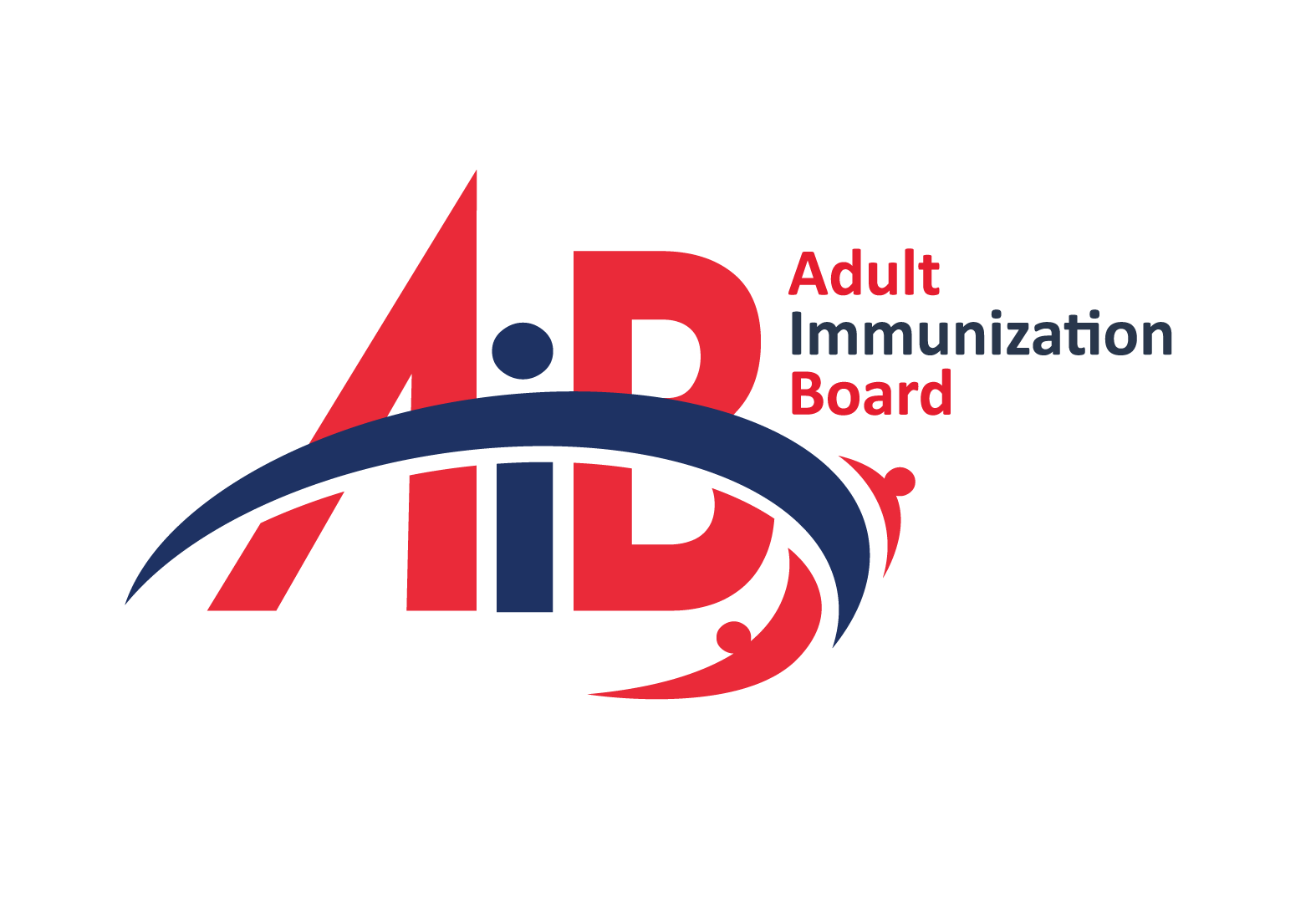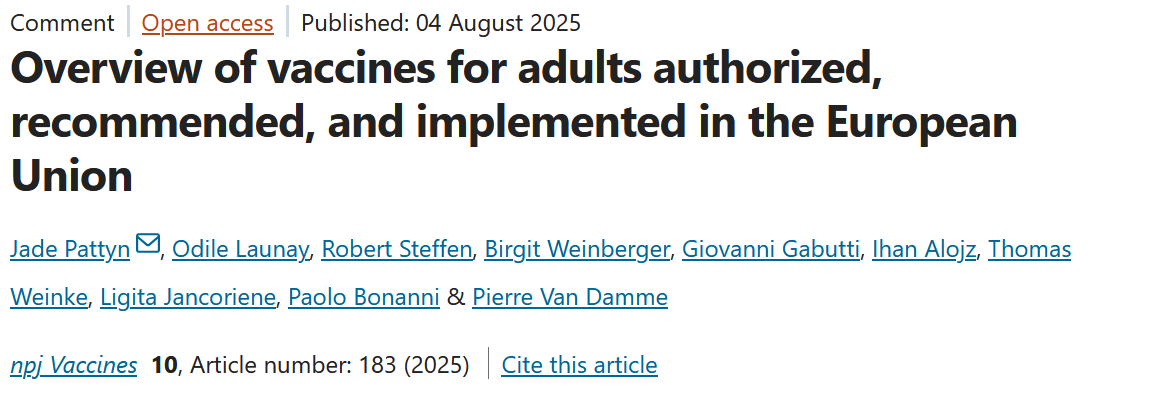Vaccines for adults tracker and landscape
Vaccines for adults tracker and landscape
An increasing number of vaccines for adults are being implemented in vaccination programs, reflecting the growing recognition of immunization as a lifelong public health strategy. However, no comprehensive overview of all vaccines for adults authorized, recommended, and implemented in the EU currently exists. To address this, the Adult Immunization Board developed a “vaccines for adults tracker and landscape” to map the range of vaccines for adults approved across the EU.
In April 2025, we identified 87 vaccines for adults authorized in the EU against 30 infectious diseases (21 are viral and 9 are bacterial). These include vaccines used in routine adult vaccination programs or to catch-up missed childhood or adolescent vaccinations, other personal risk-based vaccines (e.g., vaccines indicated in pregnancy to protect the newborn and/or the mother, for specific medical conditions or lifestyles), travel-related vaccines and occupational-activity related vaccines. 66% (N = 57/87) of the vaccines protect against viruses, while 30% (N = 26/87) protect against bacteria. Three diphtheria, tetanus, (pertussis), polio vaccines (3% (N = 3/86) protect against both, bacteria and virus. No fungal or parasitic vaccines for adults are currently authorized in the EU.
The current vaccine products are using different approaches and technologies. The most common type of vaccines for adults are subunit vaccines (N = 39), followed by by inactivated vaccines (N = 30), live-attenuated vaccines (N = 17), and messenger nucleic acid vaccines (N = 6). Most vaccine products are available for seasonal influenza (N = 14), followed by Td(ap)-(IPV) (N = 9) and SARS-CoV-2 (N = 5).
Most vaccines are given intramuscularly (N = 78), only 3 vaccines are given via oral administration (Vivotif/Typhoral for Salmonella Typhi, Dukoral for Cholera, and Vaxchora for Cholera), 2 are most commonly administered subcutaneously (Imvanex® for Mpox, and Stamaril® for Yellow Fever), and the 4 BCG vaccines against Tuberculosis are administered intradermally. No intranasal vaccines for adults are currently authorized in the EU.
Most adult vaccines are used before exposure, but some vaccines such as rabies, varicella, hepatitis B, hepatitis A, Mpox and MMR vaccines are also used as post-exposure prophylaxis in adults under certain circumstances. The Zaire ebola vaccine, Zabdeno/Mvabea, is currently the only heterogenous vaccine regimen authorized under conditional marketing in adults in the EU; nevertheless off-label heterogeneous vaccine regimens are used as well (e.g. SARS-CoV-2 vaccines). Currently four combination vaccines are available for adults (Td(ap)-(IPV), HepA/B, MMR-(V), MenACWY) although logistically more combination vaccines might be highly valuable (e.g. RSV/Influenza/SARS-CoV-2). The production of a combined vaccine used for immunisation against Hepatitis A and typhoid has discontinued in 2021, and it is no longer available (Viatim®, Sanofi). 38 out of 87 vaccines for adults contain an adjuvant, most adjuvants are alum-based.
New versions of vaccines for adults are being released with updated or additional antigens compared to previous formulations. These updates are designed to account for periodic changes (e.g. SARS-CoV-2, seasonal influenza) and/or to improve protection against type replacement or enhancement (e.g. Streptococcus pneumoniae). In Europe, from 2025/2026 (Northern Hemisphere), influenza vaccines will move from quadrivalent vaccines back to trivalent vaccines, containing two A strains and only one B strain, as influenza B/Yamagata virus has no longer been consistently detected since early 2020.
Most vaccines have a EU brand name, however, it’s important to mention that some vaccine preparations are sold under multiple brand names in different countries and regions. Currently, most vaccines that are implemented in the EU have a manufacturing step in the EU.
Next steps of the vaccines for adults tracker and landscape
Next versions of the AIB tracker and landscape will be published on the AIB website (www.adultimmunizationboard.org) and will be updated on an annual basis. The AIB is exploring opportunities to enhance the tracker’s scope and functionality through partnerships and potential integration with related initiatives (e.g., International Federation on Ageing (IFA) Global Atlas for Adult Vaccination, WHO Overview of National Immunization Schedules (work in progress), and the ECDC vaccine scheduler).
© Copyright 2023 | Privacy policy

